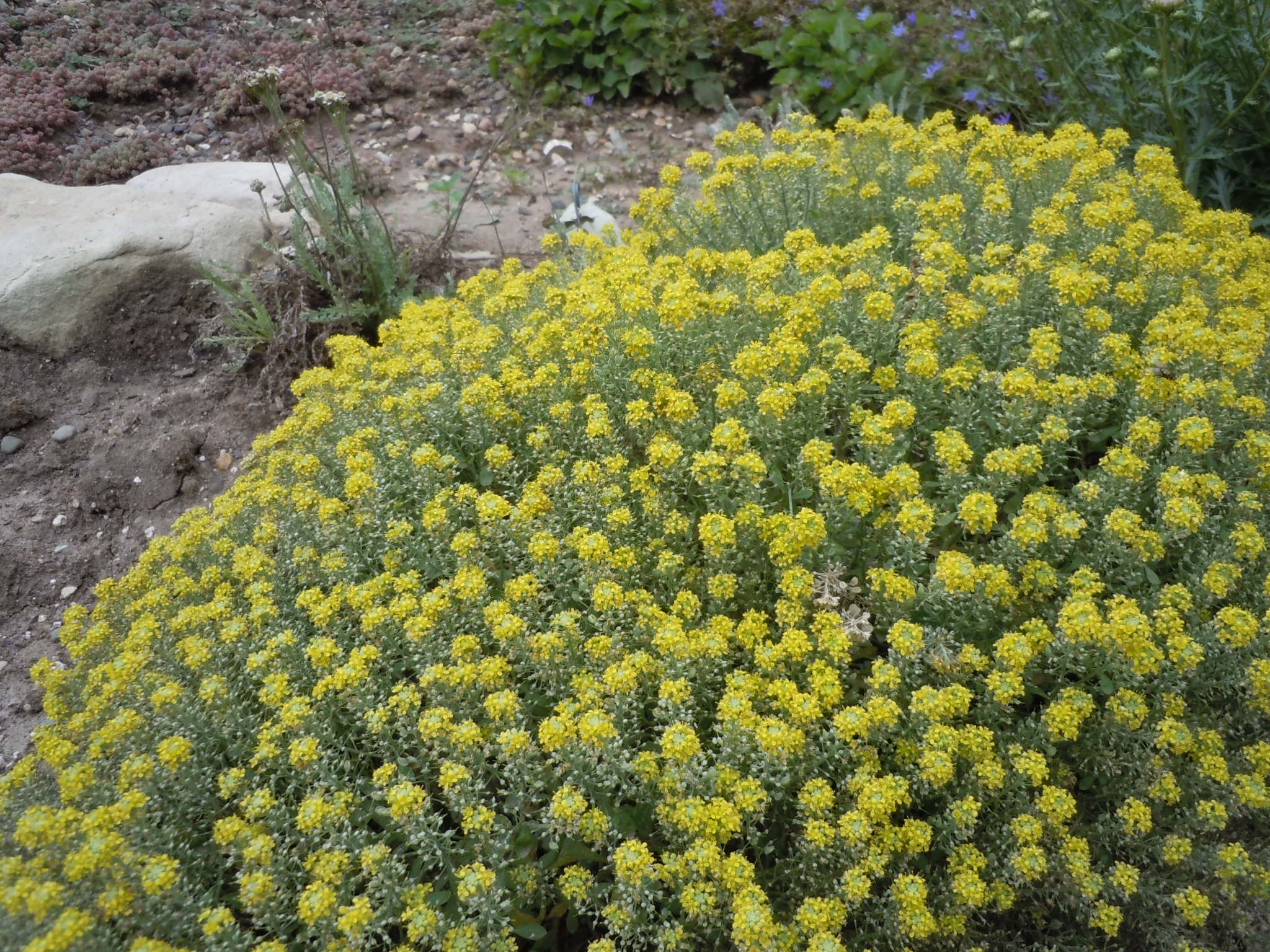Description
ARCHIVED
Note: This is a plant not currently for sale. This is an archive page preserved for informational use.
Rare plant with bright yellow racemes in May to August over compact mound of bright silver foliage.
Rare plant with bright yellow racemes in May to August over compact mound of bright silver foliage.
ARCHIVED
Note: This is a plant not currently for sale. This is an archive page preserved for informational use.
Rare plant with bright yellow racemes in May to August over compact mound of bright silver foliage.
ARCHIVED
Note: This is a plant not currently for sale. This is an archive page preserved for informational use.
Large, nodding flower heads with recurved petals white, glowing pinkish in August, fragrant.
Size: 3-4’ x 12”
Care: Sun to part shade in moist, acidic soil
Lilium was named for the Greek word for smooth, polished referring to its leaves. This species introduced to Europe by Carl Peter von Thunberg around 1777. Von Thunberg (1743-1828), student of Linnaeus at Uppsala University in Sweden. He made three trips to the Cape of Good Hope 1772-1775 where he collected about 1000 new species, Java and Ceylon (Sri Lanka) 1777 and 15 months in Japan (1775-1777) where he befriended local doctors who gave him hundreds of plants new to Western horticulture. He succeeded Linnaeus as professor of medicine and botany at Uppsala. Knighted by Swedish King Gustav. Grown at America’s 1st botanic garden, Elgin Botanic Garden 1811. L.H. Bailey (1935) highly recommended this lily as “(o)ne of the most beautiful and satisfactory of all lilies, robust, permanent (and) easily grown…”
ARCHIVED
Note: This is a plant not currently for sale. This is an archive page preserved for informational use.
Pale pink “pussy-toe”, resembling the pads of a kitten’s foot, flowers in early summer, great silvery-gray foliage, good groundcover and rock garden plant.
Size: 2” x 18”
Care: full sun in well-drained soil, drought tolerant
Native: Temperate areas worldwide
Antennaria from the Latin antenna originally referring to the mast of a sailboat. Part of the flower supposedly resembles a butterfly’s antennae. Historically used for medicine as an astringent, a cough remedy and to break fever. First described by German physician and botanical author Leonhard Fuchs (1501-1566). Gertrude Jekyll (1848-1931), mother of the mixed perennial border, planted this in her own rock garden at Munstead Wood and in the Sundial Garden at Pednor House in Buckinghamshire. The pink version, A. dioica rosea, collected in the Rocky Mountains by C.C. Parry before 1860.
ARCHIVED
Note: This is a plant not currently for sale. This is an archive page preserved for informational use.
Dangling rosy purple bells hide their red spots inside the petals – early summer
Size: 12”x16” & spreading
Care: Sun to part shade in moist well-drained soil
Native: Japan
Awards: Top rated for ornamental traits and landscape performance by the Chicago Botanic Garden.
Campanula is Latin meaning little bell. Punctata means spotted. In 1629 Parkinson described campanulas as “cherished for the beautie of their flowers.” This variety collected in Japan before 1950.
ARCHIVED
Note: This is a plant not currently for sale. This is an archive page preserved for informational use.
Rosette of thick silver-grey leaves with an inch-long terminal tip of each spine and offshoots, knowns as “pups” emerge near the base, even of young plants. Flowers only once & takes +10 years. In Z 5-6 plant in spring to get established.
Size: 18” x 18-28”
Care: sun in well-drained soil. We grow this in Z 5A on the south-facing side of a mound of well-drained soil, with a few large rocks nearby and gravel mulch.
Native: mountains of Arizona and New Mexico.
First Americans in the SW traded baked leaves and buds hundreds of years ago. Roasted stalks,baked buds & water mixed & fermented make pulque, further distilled to make mescal or tequila.

